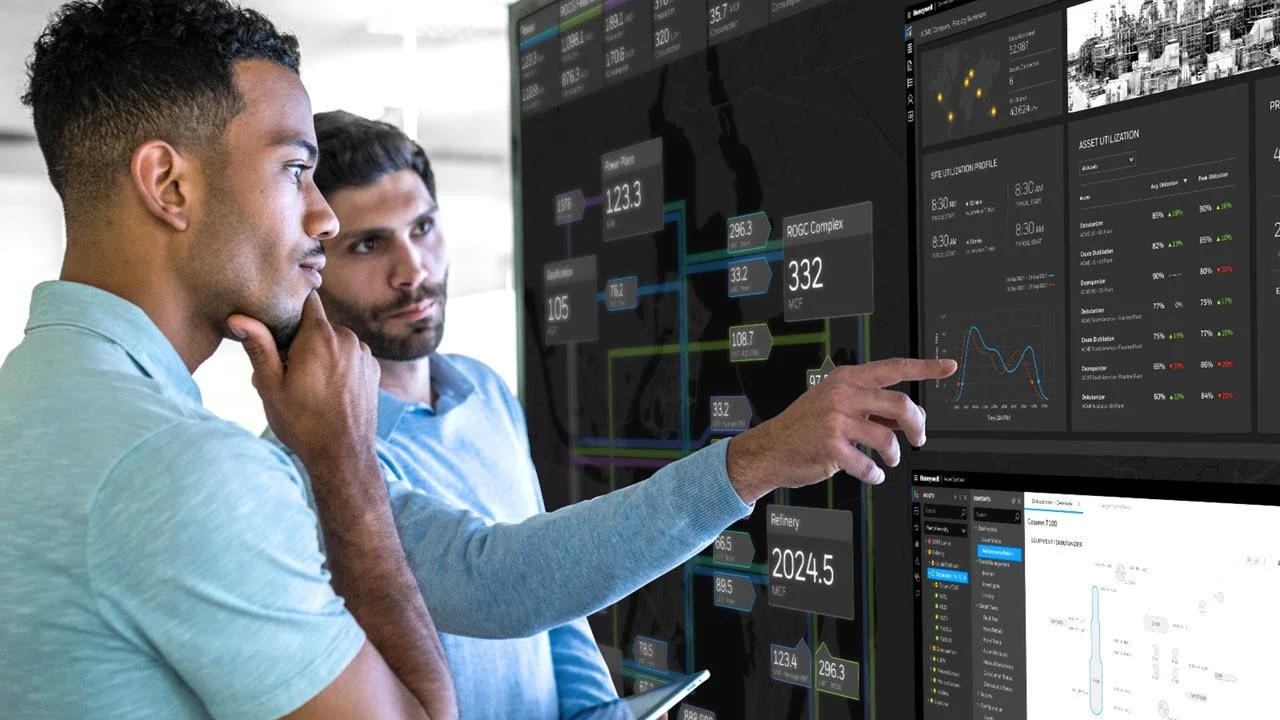AI Pedestrian Detection System Market 2025: Trends, Vendors & Growth
AI pedestrian detection system with computer vision cameras monitoring industrial facility for worker safety
Get the latest insights on the pedestrian detection system market in 2025. Compare vendors, trends, and technologies shaping industrial safety.
The future of workplace safety lies in artificial intelligence. AI pedestrian detection systems are revolutionizing how organizations approach safety management through advanced computer vision, machine learning algorithms, and real-time analytics. These intelligent systems deliver unprecedented accuracy in threat detection while seamlessly integrating with existing industrial infrastructure.
The Power of AI-Driven Safety Technology
Modern AI pedestrian detection systems leverage cutting-edge technologies to create comprehensive safety networks. Computer vision algorithms analyze video streams in real-time, while machine learning models continuously adapt to improve detection accuracy and reduce false positives.
Core Technology Components:
Computer Vision Processing: Advanced neural networks identify and classify objects with exceptional precision
Machine Learning Algorithms: Deep learning models that evolve and improve detection capabilities
Real-Time Analytics: Instantaneous data processing for immediate threat assessment
IoT Integration: Connected sensors creating intelligent safety ecosystems
Edge Computing: Local processing capabilities for ultra-low latency responses
Real-time machine learning dashboard displaying proximity sensor alerts and safety analytics for heavy machinery operations
Advanced Features of Next-Generation Safety Systems
Intelligent Proximity Detection AI-powered proximity sensors utilize radar, LiDAR, and computer vision to create dynamic safety zones around heavy equipment. These systems automatically adjust detection parameters based on operational conditions and environmental factors.
Predictive Safety Analytics Machine learning algorithms analyze patterns and behaviors to predict potential safety incidents before they occur. This proactive approach enables preventive measures rather than reactive responses.
Multi-Modal Detection Technology, combining visual, thermal, and depth sensing, creates robust detection capabilities that perform effectively in challenging environments, including low light, dust, and adverse weather conditions.
Autonomous Alert Systems Smart notification systems utilize AI to determine optimal alert methods and timing, reducing alert fatigue while ensuring critical safety information reaches the right personnel instantly.
The Science Behind AI Pedestrian Detection
Modern systems employ convolutional neural networks (CNNs) and transformer architectures to achieve human-level accuracy in pedestrian detection. These deep learning models process thousands of training scenarios to recognize human movement patterns, clothing variations, and environmental contexts.
Key Technical Capabilities:
Object classification and tracking algorithms
Behavioral pattern recognition
Environmental adaptation protocols
Multi-object detection and tracking
Occlusion handling and prediction
Intelligent safety technology integration showing predictive analytics interface and automated alert systems in action
Integration with Industrial IoT Ecosystems
AI safety systems seamlessly integrate with Industrial IoT (IIoT) platforms, creating interconnected safety networks. Edge computing capabilities ensure real-time processing while cloud connectivity enables advanced analytics and system optimization.
Technology Stack Integration:
Edge AI processors for local computation
Cloud-based machine learning training
API-first architecture for system integration
Blockchain for secure data transmission
5G connectivity for ultra-low latency communication
Advanced Analytics and Performance Optimization
AI systems provide comprehensive analytics dashboards featuring predictive insights, performance metrics, and optimization recommendations. Machine learning algorithms continuously analyze operational data to enhance system effectiveness and reduce operational costs.
The Future of AI Safety Technology
Emerging technologies are pushing the boundaries of safety innovation:
Federated Learning: Distributed training models that improve without compromising data privacy
Explainable AI: Transparent decision-making processes for regulatory compliance
Quantum-Enhanced Processing: Next-generation computing for complex scenario analysis
Augmented Reality Integration: Immersive safety training and real-time hazard visualization
Digital Twin Technology: Virtual replicas for safety simulation and optimization
Measuring AI System Performance
Advanced metrics evaluate system effectiveness through precision, recall, and F1-score analysis. Continuous model validation ensures optimal performance while automated A/B testing refines detection algorithms.
Key Performance Indicators:
Detection accuracy rates and confidence scores
False positive/negative ratios
System response times and latency measurements
Model drift detection and correction
Computational efficiency metrics
Conclusion
AI pedestrian detection systems represent a paradigm shift in safety technology. By harnessing the power of computer vision, machine learning, and advanced analytics, these systems deliver intelligent, adaptive, and highly effective safety solutions. The integration of edge computing, IoT connectivity, and predictive analytics creates a comprehensive safety ecosystem that evolves with operational needs.
Organizations implementing these advanced AI technologies gain significant competitive advantages through enhanced safety performance, operational efficiency, and data-driven decision making. The future of industrial safety is intelligent, adaptive, and powered by artificial intelligence.
About Riodatos
Riodatos is the leading EHS technology integrator across the Americas, specializing in industry-specific AI pedestrian detection and forklift safety solutions. We provide comprehensive services from vendor selection to procurement through implementation and ongoing support, ensuring your safety systems deliver measurable incident reduction and strong ROI.
Blog Summary Extract
AI Pedestrian Detection Systems: The Future of Industrial Safety
AI pedestrian detection technology, computer vision, machine learning algorithms, IoT integration, and real-time analytics. Intelligent proximity detection, multi-modal sensing, autonomous alert systems, federated learning, digital twin technology
#AIPedestrianDetection #ComputerVision #MachineLearning #IoTSafety #PredictiveAnalytics #IntelligentSafety #SafetyAutomation #ProximitySensors #IndustrialAI #AITechnology




